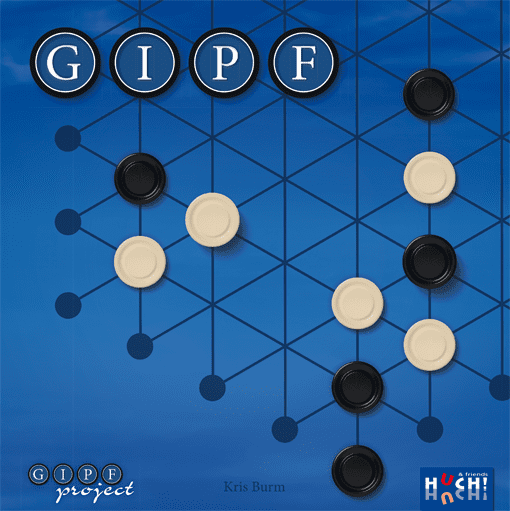GIPF (1996) Board Game
GIPF is an abstract strategy board game released in 1996 by designer Kris Burm. The game falls under the category of abstract strategy and is known for its challenging gameplay and strategic depth. With a sleek and minimalist design, GIPF has gained a dedicated following among board game enthusiasts.
Game Components of GIPF
How To Setup GIPF
To set up GIPF, place the hexagonal board between the two players. Each player chooses a color (black or white) and places three pieces on the outer corner points of the hexagon, creating intersecting equilateral triangles. The remaining 12 pieces for each player are kept in reserve.
Gameplay Mechanics and Game Objective
Mechanics:
Game Objective:
Player Experience
Playing GIPF requires a balance of offensive and defensive strategies. Players must carefully plan their moves to both advance their own pieces and block their opponent’s. The game involves pushing pieces along lines on the board, which can lead to dramatic changes in the board’s composition. Identifying and creating rows of four pieces is crucial, as it allows players to reclaim and reuse their pieces. However, this mechanic also requires careful management to avoid running out of pieces.
Pros
Cons
Personal Thoughts on GIPF
GIPF is ideal for fans of abstract strategy games who appreciate deep strategic gameplay. It is particularly suited for players who enjoy games that require careful planning and foresight. The multiple play modes make it accessible to new players while offering complexity for experienced gamers. However, it may not be the best fit for those looking for a quick, light-hearted game, as it demands attention to detail and strategic thinking.
We are supported by our audience. When you purchase through links on our site, we may earn an affiliate commission, at no extra cost for you. Learn more.

